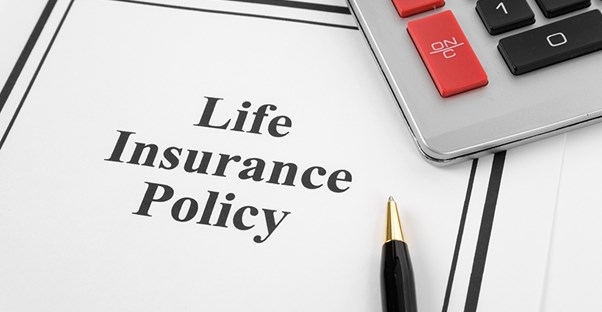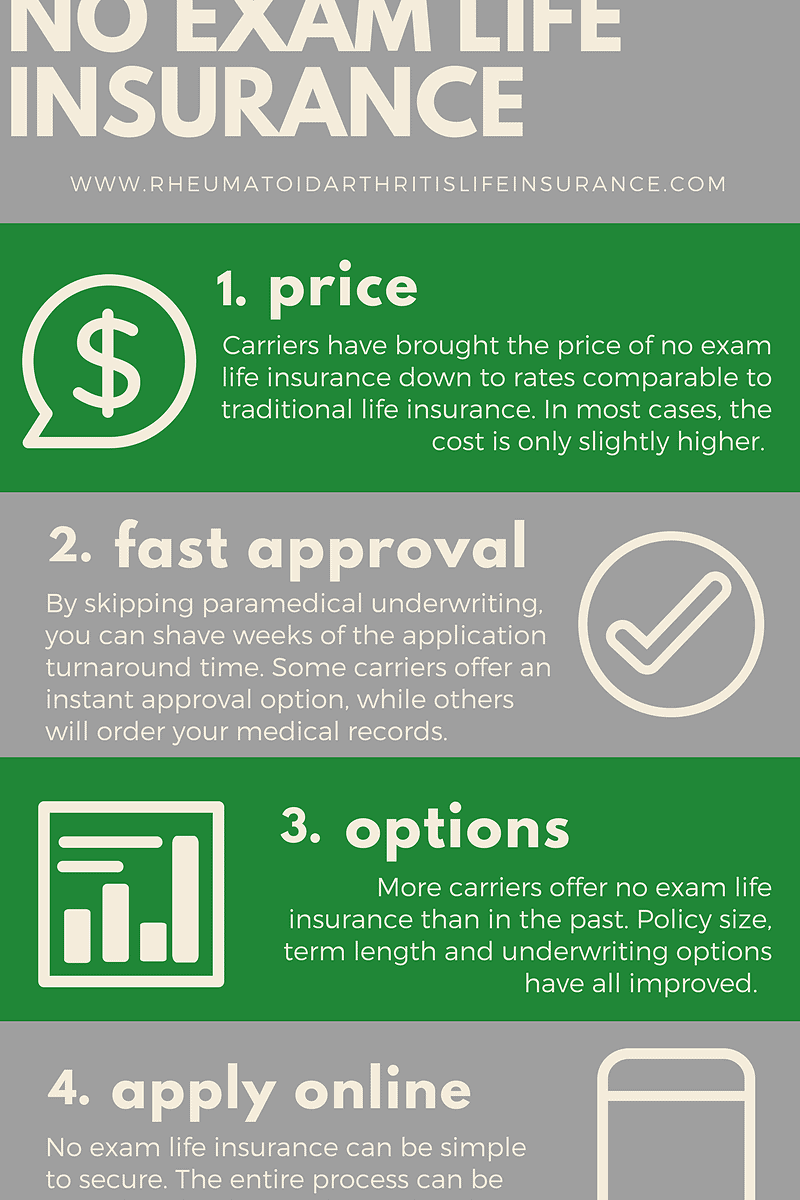Filing an Insurance Claim After a Car Accident
Being involved in a car accident is a stressful experience, and dealing with the aftermath can be overwhelming. Filing an insurance claim may seem like an additional burden, but it’s crucial to handle it promptly and correctly to ensure you receive fair compensation for your damages. Here’s a comprehensive guide to help you navigate the process and protect your rights.
Contact Your Insurance Company
After a car accident, the first step is to contact your insurance company as soon as possible. Report the accident and provide details such as the date, time, location, and other vehicles involved. It’s important to be as thorough as possible, as this information will be used to determine coverage and liability. The insurance company will assign you a claims adjuster who will assist you throughout the process.
Don’t delay reporting the accident, as there may be time limits for filing a claim. Check your insurance policy and state laws to avoid missing any deadlines. Remember, it’s not just about getting your car fixed; it’s also about protecting your financial interests and ensuring you receive compensation for injuries, lost wages, and other expenses related to the accident.
When speaking to the insurance adjuster, provide accurate information and be prepared to answer questions about the accident. Avoid speculating or exaggerating, as it could jeopardize your claim. You may also want to consider obtaining a copy of the police report, which can provide valuable details about the accident.
Stay organized and keep track of all communication with the insurance company. Document phone calls, emails, and any other correspondence. If you have questions or concerns, don’t hesitate to reach out to your claims adjuster for clarification. Remember, you have the right to fair treatment and should feel comfortable advocating for your interests.
How to File a Claim After a Car Accident: A Comprehensive Guide
After the shock of a car accident wears off, you may be wondering what to do next. One of the most important steps is to file a claim with the insurance company. This process can be complex and time-consuming, but it’s essential to ensure that you receive compensation for your injuries and damages.
Step 1: Gather Information
Immediately after the accident, gather as much information as possible. This includes:
– The other driver’s name, address, phone number, and insurance policy number
– The make, model, and year of both vehicles involved
– The date, time, and location of the accident
– The names and contact information of any witnesses
– Photos of the damage to both vehicles
Step 2: Contact Your Insurance Company
Once you have gathered all of the necessary information, contact your insurance company as soon as possible. They will provide you with a claim number and assign you an adjuster who will help you through the process.
Step 3: File a Police Report
In most cases, you will need to file a police report after a car accident. This report will provide an official record of what happened and can be used to support your claim.
Step 4: Estimate Your Damages
Before you can file a claim, you will need to estimate the damages to your vehicle and any injuries you have sustained. This may require getting estimates from a body shop and/or a doctor.
Step 5: Negotiate a Settlement
Once the insurance company has reviewed your claim, they will make you an offer. You may be able to negotiate a higher settlement, but it’s important to be realistic about what you can expect to receive.
If you are unable to reach a settlement with the insurance company, you may have to file a lawsuit. This is a more complex and time-consuming process, but it may be necessary if you believe that you are not being treated fairly.
How to Make a Claim After a Car Accident
Don’t be flustered if you’re involved in a car accident. We’ve got you covered, no matter if it’s your first fender bender or a more serious collision. Filing a claim after a car accident can be a daunting task, but it doesn’t have to be. With the following steps and tips, you can ensure that you are compensated fairly for your losses.
Step 1: Secure the Scene
In case of a car accident, there are some immediate steps that should be taken to ensure the safety of everyone involved. First and foremost, pull over to the side of the road if possible. If anyone is injured, call 911 immediately. Once the scene is secure, exchange information with the other driver(s) involved in the accident. This includes your name, contact information, insurance policy numbers, and license plate numbers.
Step 2: Report the Accident
Report the accident to your insurance company as soon as possible. Insurance companies typically have a 24/7 claims hotline that you can call to report the accident. When you call, be prepared to provide the insurance company with the details of the accident, including the date, time, location, and the names of the other drivers involved. You should also provide the insurance company with a copy of the police report, if one was filed.
Step 3: Document the Damages
It is important to document the damages to your vehicle as thoroughly as possible. This includes taking pictures of the damage, getting estimates from body shops, and keeping receipts for any repairs that you make. The more documentation you have, the easier it will be to get a fair settlement from your insurance company.
In addition to the physical damage to your vehicle, you should also document any injuries that you sustained in the accident. This includes getting a medical examination and keeping a record of all medical expenses.
The more evidence you can gather to support your claim, the better. Consider taking photos of the accident scene, any visible injuries, and any damage to your vehicle. You should also get a copy of the police report if there was one.
Step 4: File a Claim
Once you have gathered all of the necessary documentation, you can file a claim with your insurance company. The insurance company will then investigate the accident and determine how much you are entitled to in compensation.
The insurance company will likely send an adjuster to inspect your vehicle and assess the damage. The adjuster will also review any medical records that you have provided. Based on this information, the insurance company will make a settlement offer.
Step 5: Negotiate a Settlement
If you are not satisfied with the settlement offer that the insurance company makes, you can negotiate a settlement. This can be done through your own insurance company or through an attorney.
If you are unable to reach a settlement with the insurance company, you may have to file a lawsuit. This is a more complex and time-consuming process, but it may be necessary if you are seeking significant compensation for your injuries.
How to File a Car Accident Claim: A Step-by-Step Guide
After the impact of a car accident, adrenaline often masks the extent of your injuries and damages. However, taking the right steps immediately after can make all the difference in your claim. Here’s a comprehensive guide to help you navigate the process:
Step 1: Ensure Safety and Seek Medical Attention
First and foremost, prioritize your safety and the well-being of others involved. If there are injuries, call 911 and administer first aid if possible. Even if you feel fine initially, injuries may manifest later, so it’s crucial to seek medical attention promptly.
Step 2: Exchange Information and Report the Accident
Gather essential details from the other drivers involved, including their names, insurance companies, and policy numbers. Also, take note of the accident location, date, and time. If possible, take photographs of the scene and any visible damages. File a police report to document the incident officially.
**
Step 3: Document Your Damages
Documenting your damages is crucial for a successful claim. Take comprehensive photos of the damage to your vehicle, any injuries you sustained, and any other related expenses. Keep detailed records of your medical bills, repair costs, and lost wages due to the accident.
Step 4: Contact Your Insurance Company
Promptly contact your insurance company to report the accident and initiate the claim process. Be prepared to provide them with the details you gathered in Step 2, as well as documentation of your damages. Your insurer will assign you a claim adjuster who will guide you through the process and determine the appropriate compensation.
Step 5: Negotiate a Settlement
Once your damages have been assessed, the insurance companies involved will negotiate a settlement amount. This amount should cover the cost of repairs, medical bills, lost income, and any other expenses incurred as a result of the accident. It’s advisable to seek legal advice if you have any concerns or the settlement offer seems inadequate.
Additional Tips:
- Don’t admit fault: Even if you believe you were partially at fault for the accident, avoid admitting it directly to anyone, including the other driver or the police.
- Get witness statements: If there were any witnesses to the accident, obtain their contact information and statements to support your claim.
- Protect your personal injury case: Limit your discussions about the accident and your injuries on social media, as insurance companies may use this information against you.
- Don’t sign anything: Never sign any documents or release forms before consulting with an attorney, as they may limit your rights or compromise your claim.
How to Make a Claim After a Car Accident: A Comprehensive Guide
Aftermaths of a car accident can be overwhelming, especially when it comes to filing an insurance claim. In this informative guide, we will break down the process into simple, easy-to-follow steps, leaving you equipped with the knowledge to navigate this challenging time effectively.
Step 4: File the Claim
Once you have gathered all the necessary information, it’s time to file a written claim with your insurance company. This can be done online, by mail, or in person at their office. Be sure to include all the details of the accident, including the date, time, location, and a description of what happened. Also, attach copies of the police report, medical records, and any other relevant documentation.
Step 5: The Insurance Company’s Response
Upon receiving your claim, the insurance company will assign an adjuster to review the details and determine whether or not your claim is covered under your policy. The adjuster may contact you to request additional information or schedule an inspection of the damaged vehicle. They will also investigate the other driver’s insurance policy to determine liability.
Once the adjuster has completed their investigation, they will make a decision on your claim. If the claim is approved, the insurance company will issue a payment to cover the costs of repairs or medical expenses. However, if the claim is denied, the insurance company will provide a written explanation of the reason for the denial.
How to Increase Your Chances of Approval
- File your claim promptly.
- Provide clear and accurate information.
- Be cooperative with the insurance adjuster.
- Provide a detailed description of the accident.
- Document all damages and expenses.
- Obtain a copy of the police report.
- Keep a record of all communications with the insurance company.
Remember, insurance companies are not in the business of denying claims. However, they do have a responsibility to make sure that the claims are legitimate and covered under the policy. By following these tips, you can increase your chances of having your claim approved and receiving the compensation you deserve.
How to Make a Claim After a Car Accident: A Comprehensive Guide
After a car accident, it’s easy to feel overwhelmed and uncertain. Filing an insurance claim is crucial to ensuring you receive fair compensation for your injuries, property damage, and other expenses. Here’s a step-by-step guide to navigate the claims process efficiently:
Step 1: Report the Accident
First things first, contact the police and report the accident. Obtain a copy of the police report for insurance purposes.
Step 2: Document the Scene
Take plenty of photos of the damage to both vehicles, the surroundings, and any visible injuries. Note the names and contact information of witnesses and exchange insurance information with the other driver.
Step 3: Notify Your Insurance Company
Inform your insurance company about the accident as soon as possible. They will assign you a claims adjuster who will guide you through the process.
Step 4: Gather Medical Records and Bills
Keep track of all medical expenses related to your injuries, including doctor’s visits, diagnostic tests, and medication. Gather copies of these records to submit to the insurance company.
Step 5: Negotiate a Settlement
Your insurance company will review your claim and may offer a settlement. This is a sum of money that compensates you for your losses. Be sure to negotiate with the adjuster to ensure you receive fair compensation. Don’t accept the first offer without considering all your expenses, both present and future. It’s a good idea to consult with an attorney if you have any doubts or concerns.
Step 6: Understanding Negotiation Tactics
Negotiating a car accident settlement can be a tricky dance. Insurance companies often have their own team of adjusters who are skilled at minimizing payouts. To level the playing field, here are some insider tips:
- Research your case. Calculate the full extent of your losses, including medical expenses, property damage, lost wages, and pain and suffering. This will give you a solid foundation for negotiations.
- Be prepared to provide evidence. Gather all relevant documentation, such as medical records, repair estimates, and witness statements. The more evidence you have, the stronger your bargaining position.
- State your demands clearly. Don’t be shy about asking for what you deserve. Start by stating your desired settlement amount and be prepared to justify it.
- Be willing to compromise. Negotiations are rarely one-sided. Be flexible and willing to adjust your demands to reach a mutually agreeable solution.
- Consider all options. If you can’t reach a fair settlement with the insurance company, you may consider filing a lawsuit. However, this can be a costly and time-consuming process.
Remember, the goal of negotiations is to reach a settlement that fairly compensates you for your losses without prolonging the process. Approach the negotiations with confidence and be prepared to compromise.
How to File a Car Accident Insurance Claim
Have you been in a car wreck? Don’t know what to do? You’re probably wondering how to file a car accident insurance claim. There are several steps you need to follow to make sure your claim is processed quickly and fairly. This article will walk you through the process, step by step.
Step 1: Gather Information
The first thing you need to do after a car accident is to determine what information you need. This will include your name, address, phone number, insurance policy number, and the other driver’s information. You should also take a lot of pictures of the accident scene, including damage to both vehicles and any injuries you may have sustained.
Step 2: Report the Accident
Once you have gathered all the necessary information, you need to report the accident to your insurance company. Most insurance companies have a dedicated claims department, including a toll-free number to call. When you call, be prepared to provide the information you gathered in Step 1.
Step 3: Submit a Claim Form
Your insurance company will send you a claim form in the mail. This form will ask for additional information about the accident, including the date, time, and location of the accident; the names and contact information of any witnesses; and a description of the damage to your vehicle.
Step 4: Provide Evidence
In addition to the claim form, you will need to provide your insurance company with evidence of the accident. This can include photos of the accident scene, a copy of the police report, and medical records if you were injured. You may also need to provide a statement from the other driver.
Step 5: Negotiate a Settlement
Once your insurance company has reviewed your claim and evidence, they will make you an offer to settle your claim. This offer will typically be for a specific amount of money to cover the damage to your vehicle and any injuries you may have sustained. You are not obligated to accept the first offer. You can negotiate with your insurance company until you reach an agreement you are comfortable with.
Step 6: Receive Payment
Once you agree on a settlement, your insurance company will process your claim and issue payment for your damages. This can take several weeks or even months, depending on the complexity of your claim. In the meantime, you can track the status of your claim online or by calling your insurance company.
Step 7: Review Your Settlement
Before you agree to any settlement, it is important to review it carefully. Make sure you understand what the settlement covers and how it will be paid. If you have any questions, don’t hesitate to contact your insurance company. Once you have reviewed the settlement and are satisfied with it, you will need to sign and return it to your insurance company.




Leave a Reply